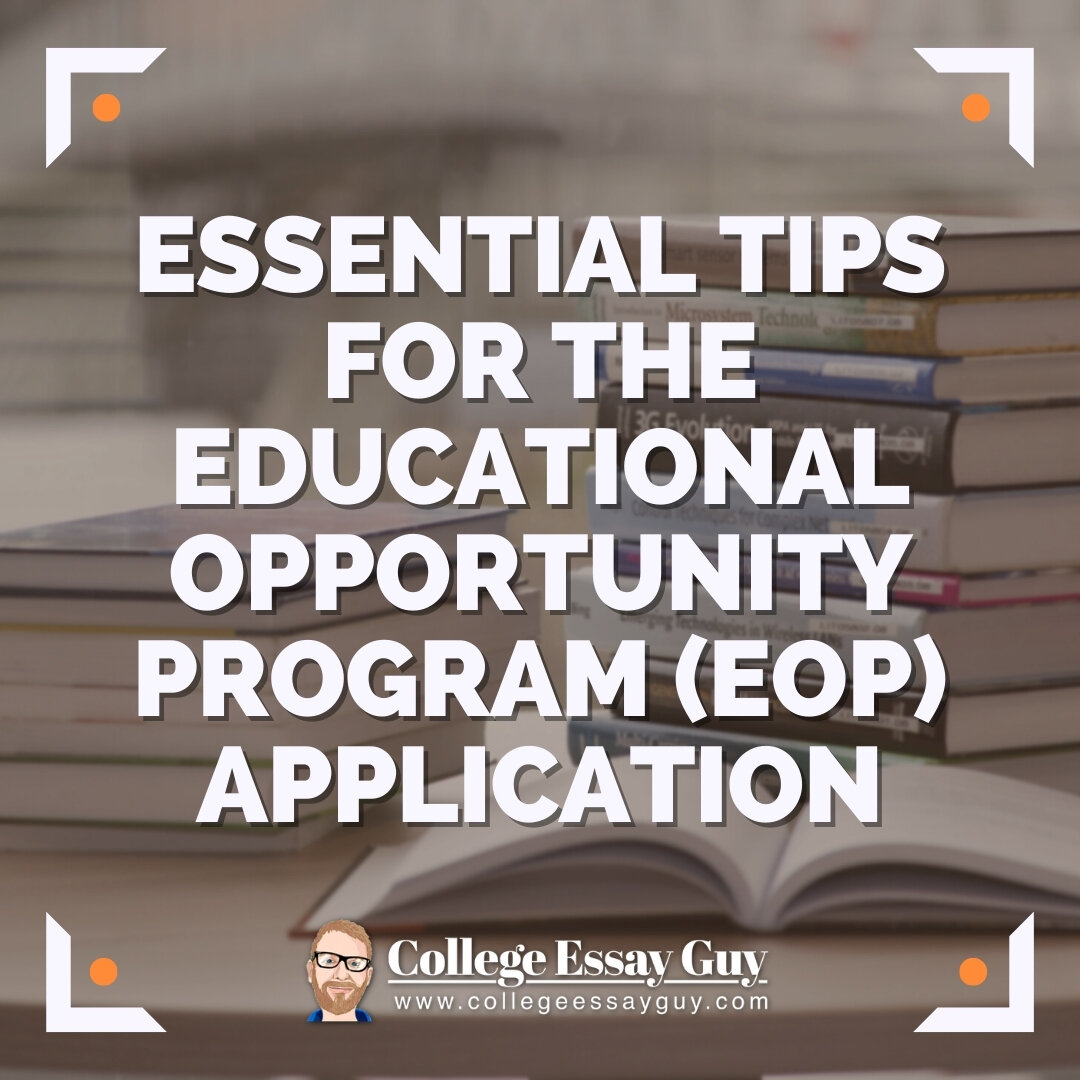

So you want to go to college, and you know it’ll help you achieve your goals, buuut your parents didn’t go to college (as in, you’re first-generation), and you’re worried about not being successful in college without support or guidance.
Maybe you identify as a minority, and/or low-income, and have taken all the classes your counselor told you to, and gotten pretty decent grades, but you still fear you don’t belong in college.
Great news … the EOP (Educational Opportunity Program) was designed with you in mind!
No idea what EOP is? No problem. That’s why we’re about to walk you through it.
In this guide, we’ll cover:
First, the basics.
California’s public higher education system is essentially split into three categories: the UCs (btw, you can get free access to our full UC course by asking here), the CSUs, and the California Community Colleges. The UCs and the Cal States have their own EOPs (UCs here, CSUs here), while the CA Community Colleges have a similar program (with a slightly different name) here.
The CSU EOP application is what this crash course will be covering; our hope is to take some of the fear out of the process, and get you to college.
Here’s how CA College Pathways describes the CSU EOP:
“EOP in the CSU system was designed to improve access and retention of historically low-income and educationally disadvantaged students.
EOP students have the potential and demonstrated motivation to perform satisfactorily at a CSU, but they have not been able to realize their fullest potential because of their economic or educational background.”
EOP students receive some great resources to support their education, like advising, mentoring, tutoring, grant money, priority registration, workshops, leadership conferences, and access to summer programs, to help them adjust to a college environment and develop a sense of belonging and community.
This next detail is so important, we're writing it in
The EOP application is embedded in the CSU application for admission, and students must be evaluated and admitted prior to beginning classes—this isn’t a program you can participate in after you’ve enrolled.